Unleashing Power: Muscle Cars, V8s, and Air Intake Systems
American muscle cars, renowned for their robust V8 engines, leverage advanced muscle car air intake…….
Welcome to an in-depth exploration of muscle car air intake systems—a critical component that propels these iconic vehicles to exhilarating performances. This article aims to guide you through the intricate world of air intake technology, its historical evolution, global impact, and future prospects. By delving into these aspects, we will uncover why these systems are not just mechanical parts but key enablers of the muscle car experience.
At its essence, a muscle car air intake system is a sophisticated mechanism designed to optimize the flow of atmospheric air into an engine. It consists of several interconnected components working in harmony:
Air Filter: The first line of defense, air filters trap contaminants like dust, dirt, and debris, ensuring clean air enters the engine. High-performance filters offer enhanced airflow without compromising filtration.
Intake Manifold: This component channels the filtered air from the filter housing to the engine’s cylinders. It is strategically designed to direct air flow efficiently, enhancing combustion.
Throttle Body/Controller: Controlling the amount of air entering the engine, the throttle body (or controller in modern systems) adjusts airflow based on driver input and engine load.
Mass Air Flow (MAF) Sensor: Measuring the volume of air entering the engine, the MAF sensor provides real-time data to the engine control unit (ECU), ensuring optimal fuel injection.
Cold Air Intake (CAI): A design feature that draws cold air from outside the vehicle, typically through a long intake tube, to provide denser air for improved combustion.
The concept of enhancing engine performance through better air intake dates back to the early days of automotive engineering. However, it gained prominence in the 1960s and 70s with the rise of muscle cars in the United States. Engineers sought ways to increase horsepower and torque, leading to innovations in air intake design:
Early Muscle Cars: Early models relied on simple and less efficient air intake systems. As performance demands grew, manufacturers started experimenting with larger carburetors and open air intakes to feed more air to the engines.
Fuel Injection and Electronic Control: The transition from carburetors to fuel injection in the late 20th century brought precision control over air-fuel mixture. This era marked a significant shift, as systems became more sophisticated with sensors and electronic controls.
Modern Era: Today’s muscle cars employ advanced air intake technologies, including variable valve timing, direct injection, and turbocharged/supercharged engines, further enhancing performance and efficiency.
Muscle car air intake systems have left an indelible mark on global automotive markets, influencing vehicle design and performance worldwide. Key trends shaping the industry include:
Performance-Focused Markets: Regions with a deep appreciation for high-performance vehicles, such as North America, Europe (especially Germany), and parts of Asia, drive innovation in air intake systems.
Regulations and Emission Standards: While these standards vary globally, they play a crucial role in dictating the type and efficiency of air intake systems used in various regions. For instance, stricter emissions regulations in Europe have led to advancements in turbocharging technology.
The adoption and evolution of muscle car air intake systems vary across different regions:
| Region | Trends/Influences | Notable Examples |
|---|---|---|
| North America | Emphasis on V8 engines, open-air intakes, and high horsepower. | Ford Mustang’s Cold Air Intake, Chevrolet Corvette’s LT5 supercharger. |
| Europe | Focus on downsizing engines, turbocharging, and energy efficiency. | Volkswagen Golf GTI’s turbocharged engine, BMW M3’s twin-turbocharged inline-six. |
| Japan | Hybrid technology, high-revving engines, and unique intake designs. | Toyota Supra’s variable valve timing, Nissan GT-R’s dual turbo V6. |
| Asia (Emerging Markets) | Growing interest in performance cars, adopting global trends with local twists. | Chinese sports car brands offering turbocharged engines, Indian manufacturers exploring supercharging. |
The muscle car air intake systems market is a dynamic segment within the broader automotive industry. Key economic factors shaping its landscape include:
Performance Enthusiasts: The demand for high-performance vehicles, particularly in mature markets like North America and Western Europe, drives the need for advanced air intake technologies.
Downsizing and Efficiency: A global shift towards downsized engines and improved fuel efficiency has led to a rise in turbocharging and supercharging systems, impacting market trends.
Regulatory Compliance: Emission regulations play a pivotal role in dictating the types of air intake systems allowed, influencing both traditional and modern technologies.
Manufacturers and aftermarket suppliers invest heavily in research and development to create innovative air intake solutions:
Original Equipment Manufacturer (OEM) Focus: Many automotive giants have dedicated R&D centers for performance engineering, ensuring their vehicles offer cutting-edge air intake systems.
Aftermarket Industry: Customized air intake kits and upgrades are popular among enthusiasts, creating a thriving aftermarket industry with numerous opportunities.
The future of muscle car air intake systems promises exciting advancements:
Hybrid and Electric Vehicles: As electric vehicles (EVs) gain popularity, developers explore ways to enhance their performance through innovative air intake designs, catering to the growing demand for high-performance EVs.
Advanced Materials: The use of lightweight and durable materials like carbon fiber and advanced composites could revolutionize air intake system design, improving efficiency and reducing weight.
Digital Engineering: Virtual simulation and 3D printing enable faster prototyping and customization of air intake components, allowing for tailored performance upgrades.
Sustainability is a growing focus in the automotive industry, impacting air intake systems:
Improved Efficiency: Future systems will likely emphasize enhanced efficiency to reduce fuel consumption and emissions, aligning with global sustainability goals.
Recirculating Air Systems: Some manufacturers are exploring recirculating air systems to improve engine cooling and reduce drag, enhancing overall efficiency.
Renewable Materials: The industry might adopt sustainable materials for air intake components, contributing to the broader automotive sector’s green revolution.
Muscle car air intake systems are more than just mechanical parts; they are the heart that drives these powerful machines. From their historical evolution to global influences and future prospects, these systems exemplify the constant pursuit of performance and engineering excellence. As technology advances, we can expect even more sophisticated air intake solutions, pushing the boundaries of what muscle cars can achieve while ensuring sustainability and efficiency remain at the forefront.
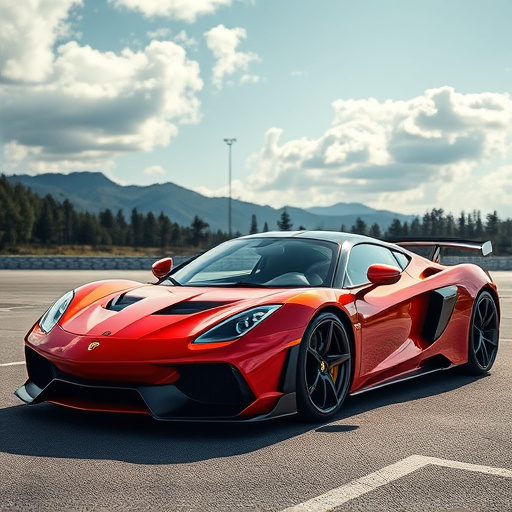
American muscle cars, renowned for their robust V8 engines, leverage advanced muscle car air intake…….

American muscle cars with their iconic V8 engines rely on muscle car air intake systems for enhanced…….
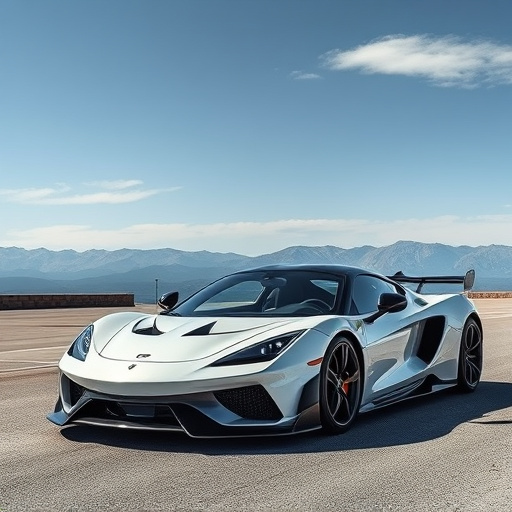
Muscle car air intake systems tailored for V8 engines significantly enhance performance by optimizin…….
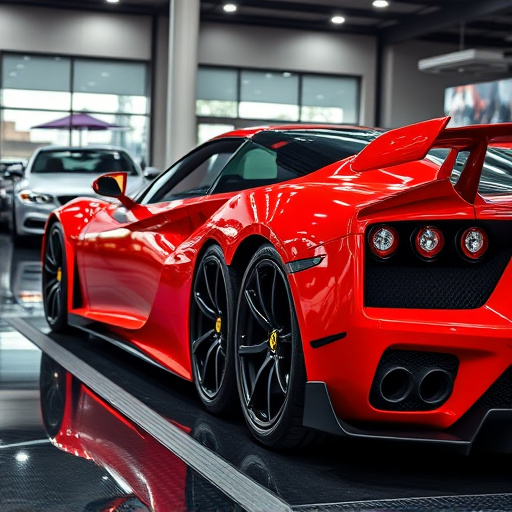
Muscle car air intake systems designed for V8 engines enhance performance by optimizing airflow, dra…….
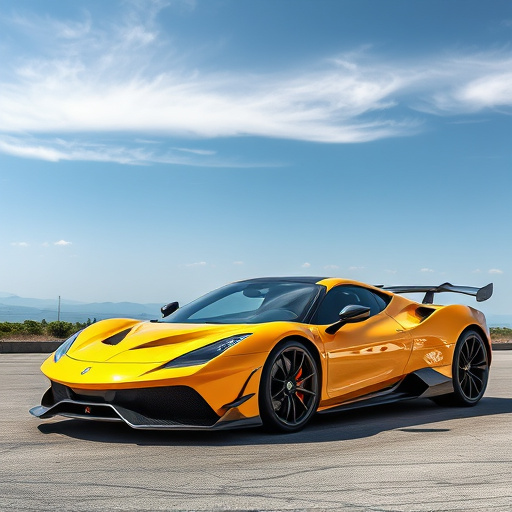
Muscle car air intake systems with V8 engines are crucial for maximizing performance in quarter-mile…….
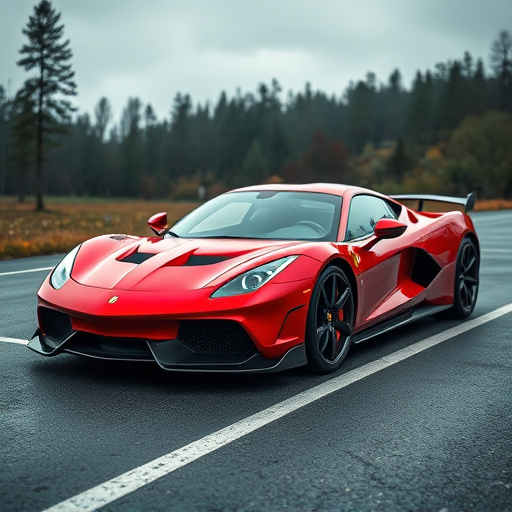
Muscle car enthusiasts seeking peak performance can turn to high-output V8 intake systems, which opt…….
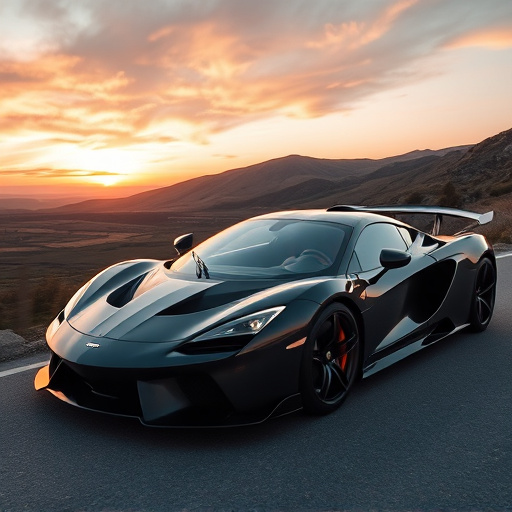
Muscle car air intake systems are crucial for V8 engines, boosting horsepower and torque by optimizi…….
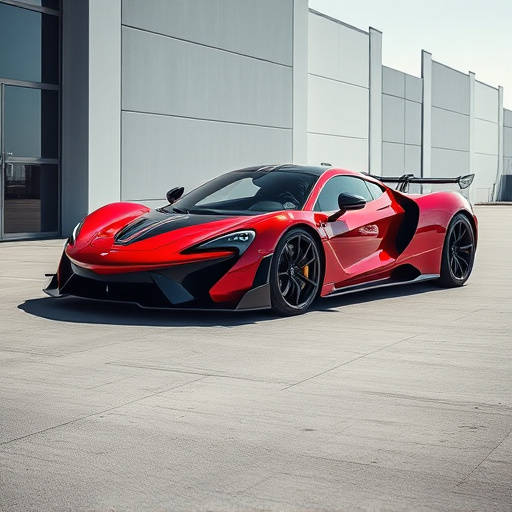
High-performance V8 intakes are key upgrades for muscle cars, optimizing airflow for better throttle…….
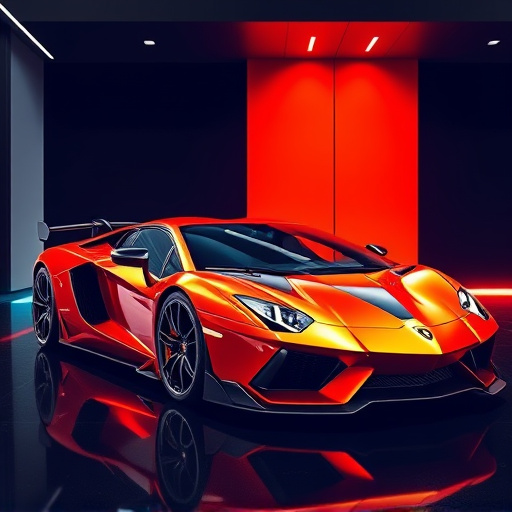
Restoring muscle cars with a focus on V8 engines involves enhancing key components like air intake s…….